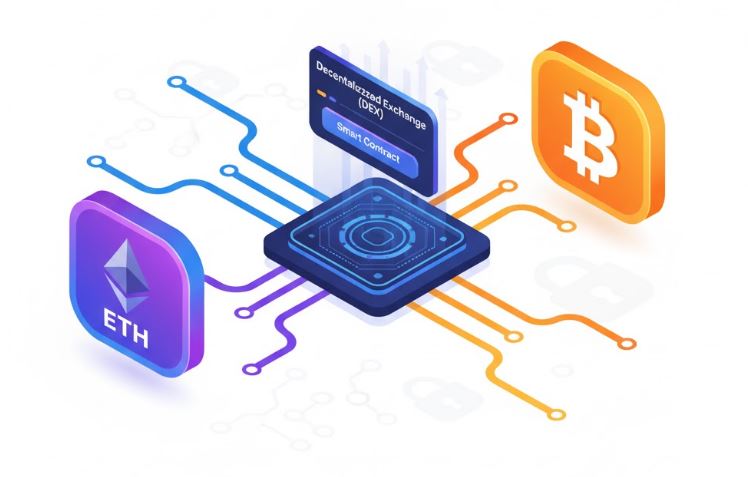When people start trading crypto, they often focus on price charts, gas fees, and which coins to buy. But there’s another cost many beginners don’t notice, a “hidden tax” built into every trade. It isn’t a tax from the government. It’s the cost of price slippage and poor liquidity, and it can slowly eat away at your gains without you realizing it.
Here’s what that means in simple terms:
When you place a trade, you expect to buy or sell at a certain price. But if there aren’t enough buyers or sellers available at that price, the system pushes your order to the next available price. This can make you pay more than expected when buying or receive less than expected when selling. That difference is slippage, and it works like a silent tax on every trade.
Another part of this hidden cost comes from liquidity. Liquidity is just a fancy word that means “how easily and quickly you can trade without moving the price.” Popular coins with lots of trading activity have high liquidity, so the price barely moves when you trade them. Smaller tokens often have low liquidity, which means just one trade can shift the price, and cost you money.
The good news is that new technology in crypto is working to solve this problem. Modern trading platforms and decentralized exchanges are using better market-making tools, liquidity sharing across chains, and smarter routing systems that search for the best possible price before executing a trade. Instead of relying on a single pool of buyers and sellers, they can now pull liquidity from multiple places at once. This reduces slippage and protects the trader.
Some networks are also introducing “intent-based trading”, which means instead of rushing a trade through instantly, the system tries to match you with the most efficient route before confirming anything. It’s like letting the system shop around for the best deal for you automatically.
As crypto markets mature, these improvements are becoming more important than ever. Lower hidden costs mean more fair pricing and better outcomes for everyday users, not just large traders. The goal is to make crypto trading feel more like regular finance, where prices don’t suddenly change just because you pressed “buy.”
The hidden tax in crypto isn’t a law, it’s a side effect of how early trading systems were built. And now that developers understand the problem, they’re actively fixing it. Over time, trading will become smoother, cheaper, and much more transparent, helping users keep more of what they earn.







